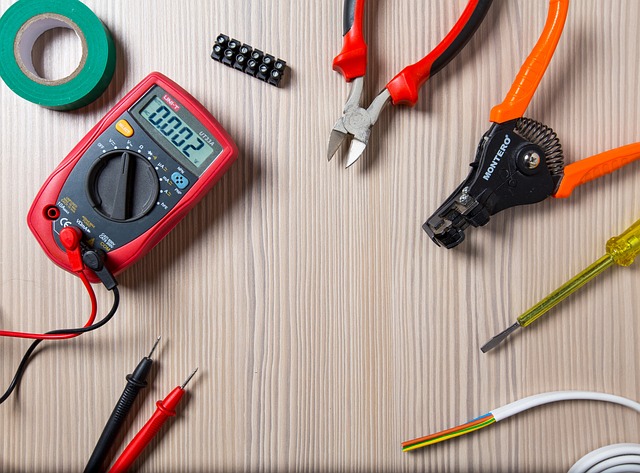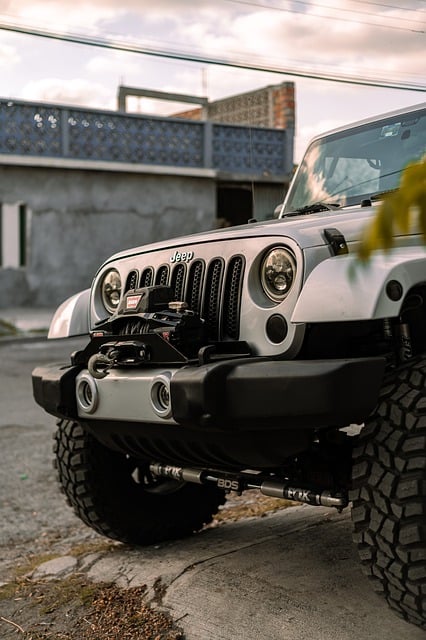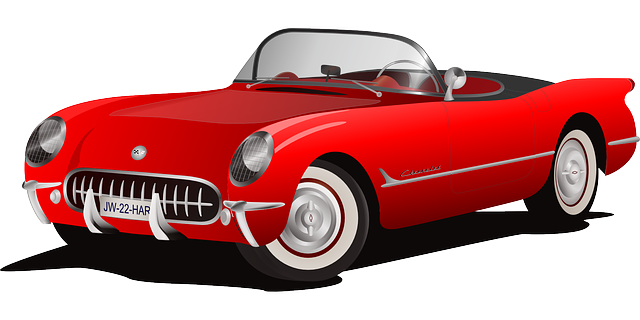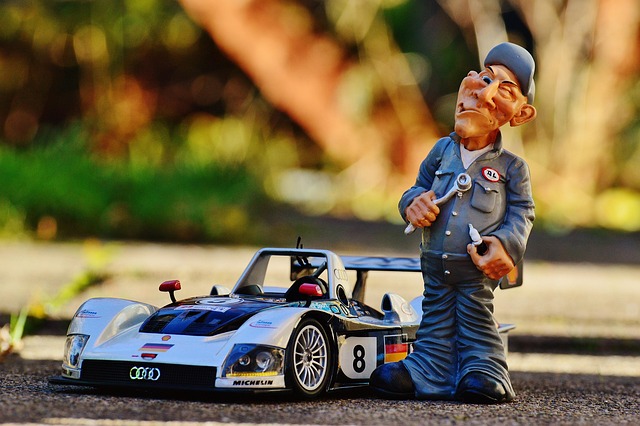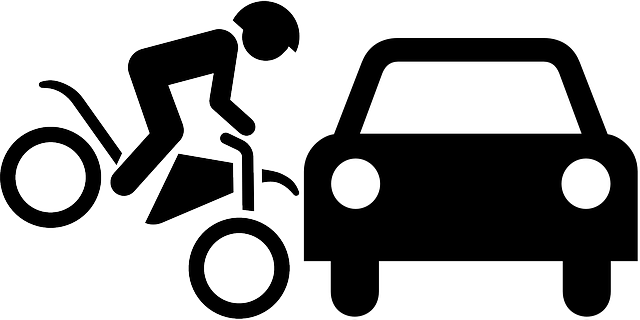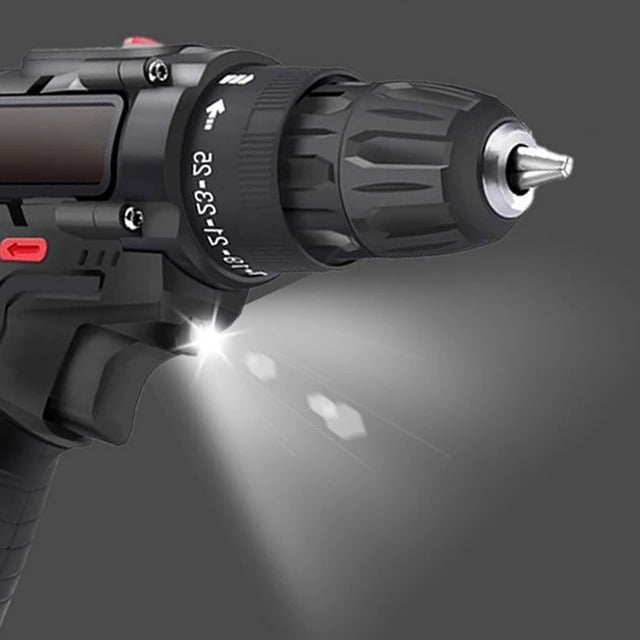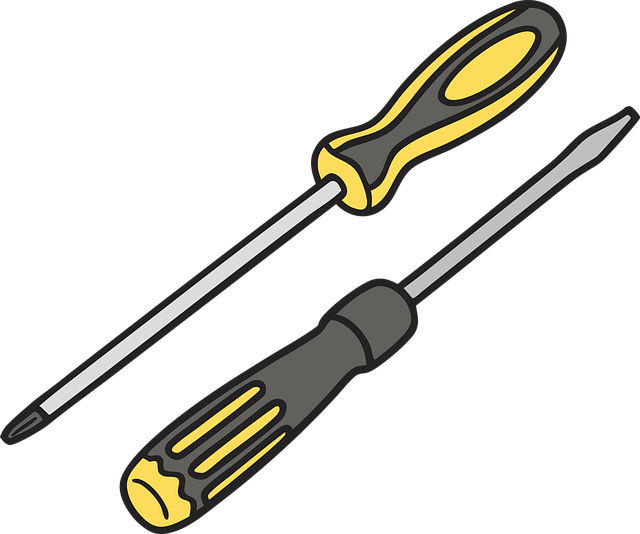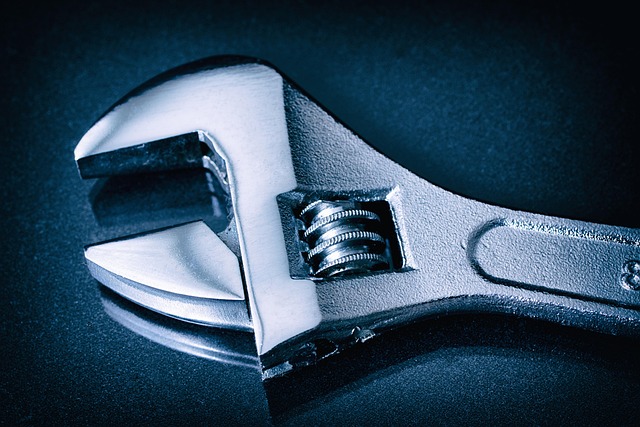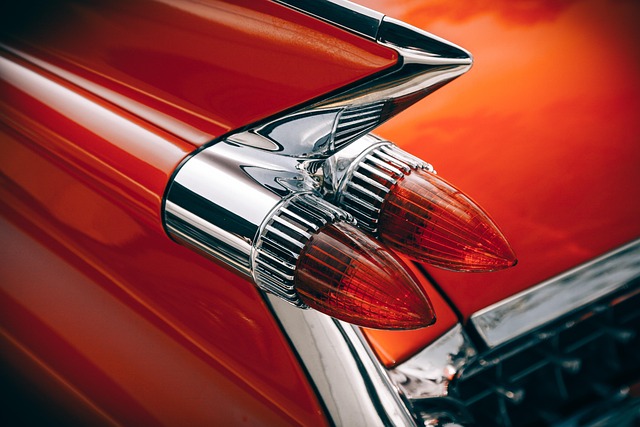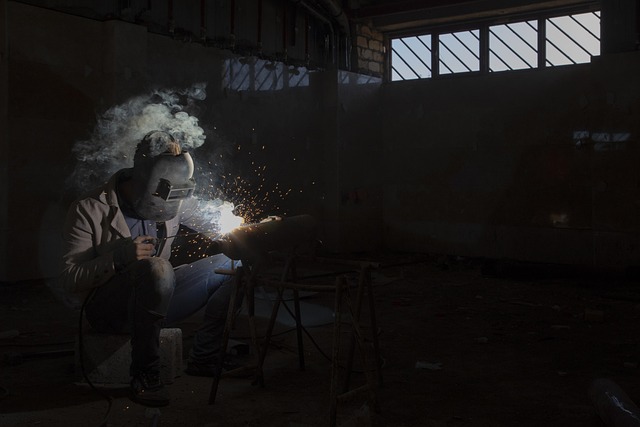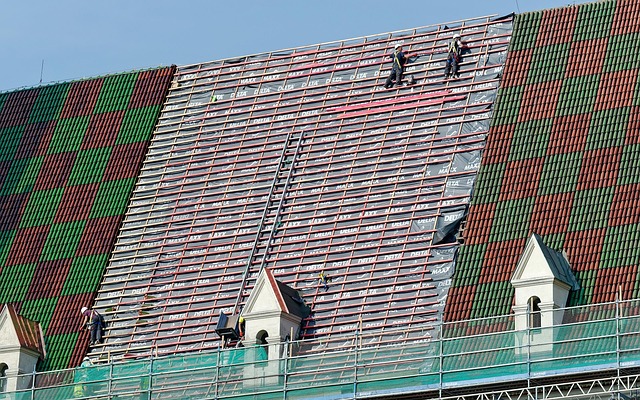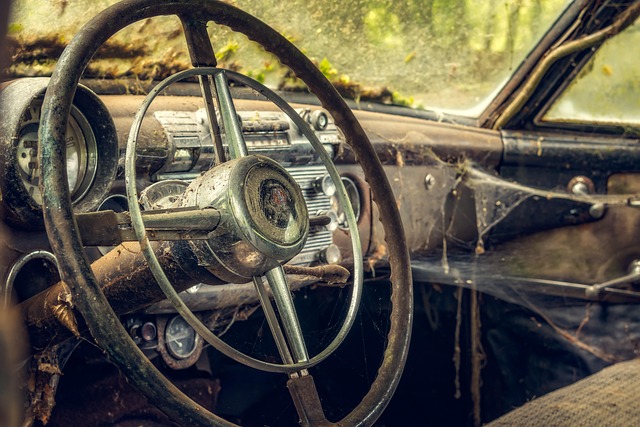After a collision, conduct a thorough visual inspection of the headliner for tears, holes, water intrusion, or mold growth using a bright light. Look for common collision-related issues like tearing, rips, shrinking, uneven stretching, and discoloration. If concerns are found, reach out to a reputable car body shop specializing in headliner repair collision services for accurate assessment and quality restoration of your vehicle's interior.
Experiencing headliner issues post-repair can be frustrating, but knowing the steps to take can ensure a smooth process. This comprehensive guide walks you through assessing headliner damage, effectively communicating with your repair shop, and maintaining your headliner long-term after a collision. By understanding common collision-related issues like tears, shrinking, and discoloration, you can ensure your car’s interior is restored to its pre-accident state. Effective documentation and clear communication are key, setting expectations for repairs and avoiding delays. Learn regular inspection tips and when professional touch-ups or replacements may be needed for optimal headliner care.
- Assessing the Headliner Damage Post-Repair
- – Visual inspection of headliner
- – Identifying common collision-related issues (e.g., tears, shrinking, discoloration)
Assessing the Headliner Damage Post-Repair
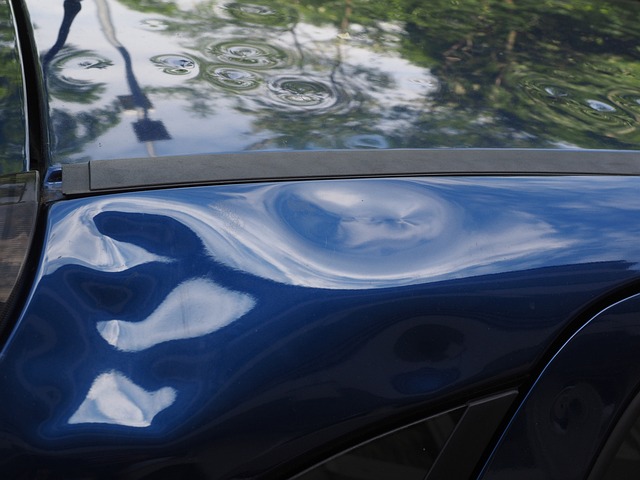
After a collision, assessing headliner damage is crucial for proper post-repair care. Start by inspecting the headliner for any visible tears, holes, or loose fabric. These defects may be readily apparent upon initial inspection, but deeper issues could require further probing. Use a bright light to illuminate dim areas and check for signs of water intrusion, mold growth, or structural compromise. Remember, hidden damage is not uncommon; thoroughly examining every corner and seam ensures complete restoration.
If you notice any concerns, don’t delay in reaching out to a reputable car body shop specializing in headliner repair collision services. They have the expertise and tools needed to identify subtle problems and accurately assess the extent of the damage. This step is vital to prevent future issues and ensure your vehicle’s interior looks and feels as good as new after repairs are completed.
– Visual inspection of headliner
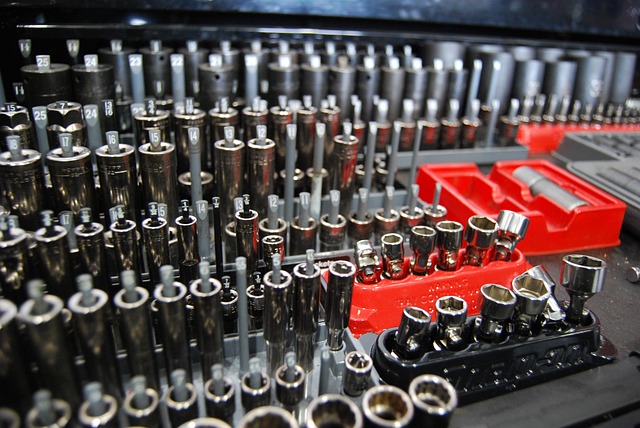
After a collision, one of the first steps in assessing vehicle damage is conducting a thorough visual inspection of the headliner. Look for any visible signs of tearing, stretching, or bulging—common issues that may have arisen during the impact. Even if the initial repair seemed successful, these subtle indicators can reveal underlying problems. Pay close attention to edges and corners, as they are particularly vulnerable during accidents.
A detailed examination will help identify potential challenges unique to headliner repairs, distinct from other auto dent repair or fender repair services. Remember, while professional vehicle repair services are crucial for comprehensive fixes, a proactive visual inspection can alert you to red flags, ensuring the safety and quality of your vehicle’s interior post-repair.
– Identifying common collision-related issues (e.g., tears, shrinking, discoloration)
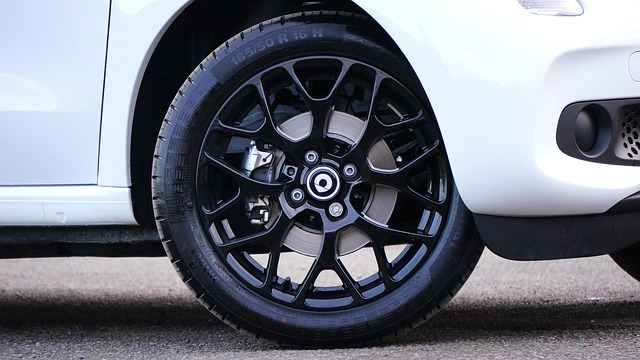
When assessing headliner issues post-repair, it’s crucial to be aware of common collision-related problems that may arise. Look for telltale signs such as tears or rips in the fabric, which can occur during the impact and subsequent repair process. Shrinking or uneven stretching is another frequent issue, often caused by heat exposure during auto body painting services or improper installation. Discoloration, ranging from faded colors to discolored patches, might also be evident, resulting from either the collision itself or the repair process, including car paint services used. Identifying these issues early on is essential for ensuring a successful headliner repair and achieving a like-new appearance.
After repairing your vehicle’s headliner, it’s crucial to thoroughly inspect it for any signs of remaining damage. Look for tears, shrinkage, or discoloration—common issues arising from collisions. If you notice any problems, address them promptly for a safe and aesthetically pleasing interior. Remember, proper headliner repair is essential for both functionality and resale value, ensuring your vehicle looks as good as new on the road.
